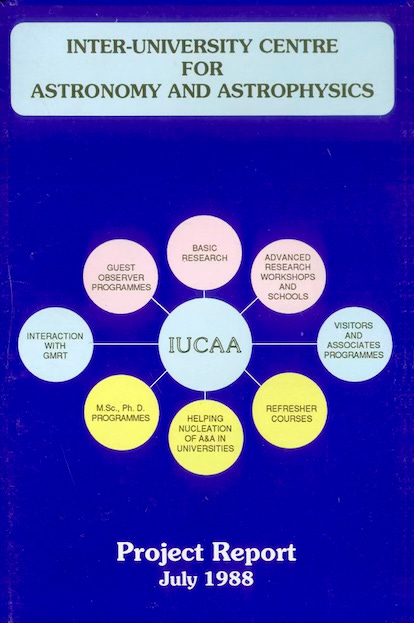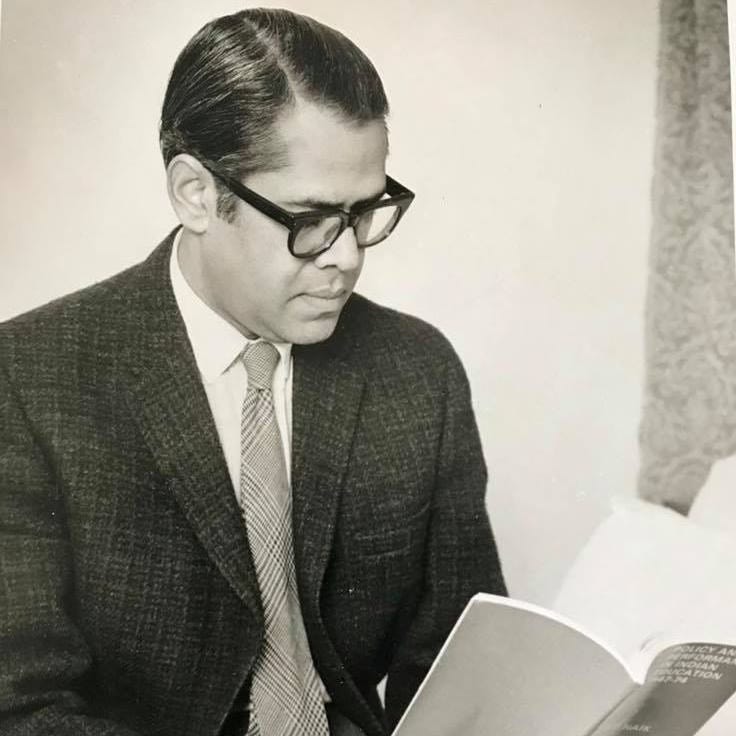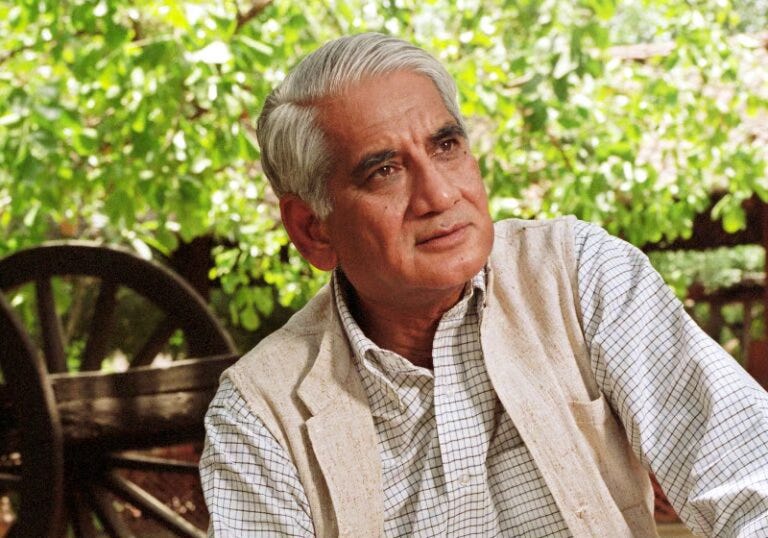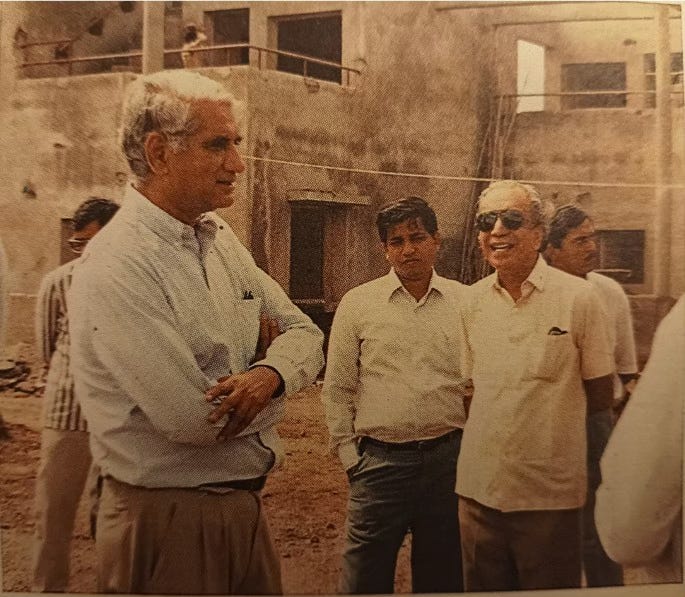The Story of IUCAA, Part 4: A change of gears
Navigating bureaucratic hurdles, paving the way for the institute's establishment.
As a Founder Director, I had many challenges to face.
First and foremost, the setting up of IUCAA required formal approval by the Government of India. A Memorandum of Understanding was to be approved, specifying the objectives of the proposed centre, key guidelines on how it was to be run, how it would be funded, what its organizational structure would be, etc. As the proposed parent body, the UGC had to take the initiative in this matter.
A practical question to be settled was where the Centre would be located. The Project Report approved by the UGC specified that the area needed for the centre’s activities was twenty acres. I had to find a suitable location in Pune.
The Project Report had estimated the building requirements—the actual ‘what goes where’ would require a good architect. I had to find one and get the choice approved by the UGC.
IUCAA was to be registered as a ‘Registered Society’ by the Registrar of Societies operating in the region where the Centre would be located.
Last but not least, the Centre’s Bye-Laws had to be framed. These would determine how the Centre was to be run.
I had been alerted by the Director of the Nuclear Science Centre that all these ‘hurdles’ took time and might easily take more than a year to cross! I found, however, that personal contacts help, as a few examples will suffice!
The approval by the GOI was to be given by the Human Resource Development Ministry. The Secretary in charge of the HRD ministry was Anil Bordia, a senior IAS officer from the Rajasthan cadre. By a happy chance, he had become known to my father. In fact, when I mentioned his name to my father, he recalled that when he was the Chairman of the Rajasthan Public Service Commission, he had attended a meeting in Delhi, and at that time, his Liasion Officers were a young couple from Rajasthan–Mr and Mrs Bordia. Anil Bordia was happy to recall that occasion when I conveyed my father’s greetings to him. This circumstance helped my interaction with him. As IUCAA’s case was under his consideration, I could phone him at home to find out how the case was progressing. In early November 1988, Anil telephoned me to say that the HRD approval had come through.
GOI approval had to be followed up by registration of the Centre under the Societies Act. For this formality, we had to submit a copy of the GOI approval in writing. Aware that the Nuclear Science Centre had to wait for several months to get the registration from the Registrar of Societies in Delhi, Naresh Dadhich and I called his office and requested him to clear our case fast. The official assured us of prompt attention as he was aware that IUCAA project was of national importance. “I am proud that such a project is coming to Pune! Bring me the written approval by GOI, and I will clear the case in forty-eight hours.” He was true to his word. We had the Registration within two days.
Personal contact proved useful in selecting the architect. I had known the famous architect Charles Correa for about two years. Although he operated from Mumbai and Goa, he had international contacts. He had a building under construction in New York, had been a Nehru Visiting Professor at Cambridge and had received a prestigious award from Japan. We had met and chatted informally on 2 to 3 occasions when I found common interests in astronomy, ancient Indian traditions and history.
A person of such wide interests and experience would be an ideal architect for IUCAA. But would he be interested in such a modest enterprise? I discussed this with Naresh at a dinner, and he strongly supported asking Charles. I went to the phone and dialed his number. Fortunately, he was at home. He was thrilled at the proposal. He was just completing a project on ancient Indian astronomy in Jaipur and would be delighted to handle one on modern astronomy. The UGC normally expected a government architect to be chosen. But with Charles being interested, Yash Pal readily agreed. Incidentally, it is believed that private architects are more expensive than Government ones. Charles Correa charged 5% of the project costs as his fee. Additionally, he had professional construction consultants supervise the work, and their fee was 2.5%. Thus, the total was 7.5%. As against that, the Central Public Works Department of GOI charged 13% for similar services!
I should mention that the supervision of construction is a critical job, and it was ably exercised by Mr Kumar Shrikhande, a professional who had earlier worked on DAE projects. He got along well with Charles on our project.






Nice to know the story of IUCAA. It indeed would indeed have been a difficult task to get things done from the government at the time. Things have improved a lot now with digitalization. This country would ever remain grateful for your efforts to bring this all together and to bring up a lot of young scientists.
I am visiting IUCAA in few days for a public lecture on “how the universe came to be” by Dr. Arif Babul. I would enquire on admissions for graduate and other courses there for my daughter, if she is interested.